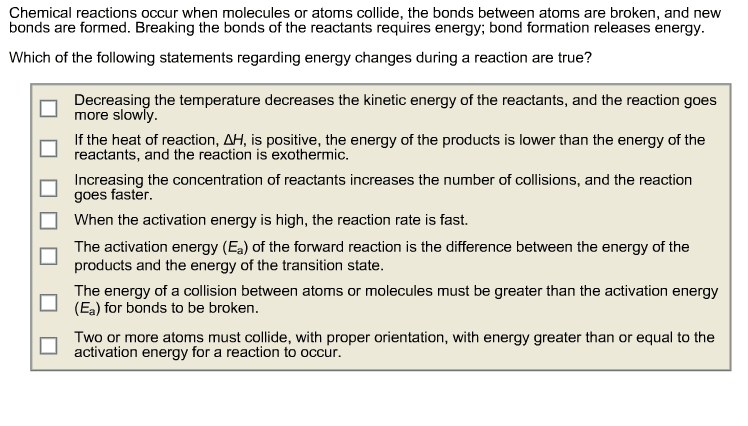CHEM 140A Lecture Notes - Lecture 2: Gibbs Free Energy, Chemical Thermodynamics, Rate Equation
Document Summary
Reaction mechanisms: intermediate steps and species: difference between the starting energy and the energy in the transition state determine how quickly the reaction occurs. Chemical thermodynamics: energy changes during (cid:396)ea(cid:272)tio(cid:374) (cid:862)exte(cid:374)t of (cid:272)o(cid:373)pletio(cid:374) og e(cid:395)uili(cid:271)(cid:396)atio(cid:374)(cid:863) to the left of (cid:396)ight. Chemical kinetics: k is the equilibrium constant. If k is large, reaction goes to completion, it is quantified by gibbs free energy. All processes have activation barriers: rate controlled by: Concentration (number of collisions increase with concentration) Temperature (increase temperature means faster molecules; number of collisions increase) Probability factor (how likely a collision leads to reaction, sterics) Reaction rate: tells us about transition state structure: unimolecular reaction: a -> b where rate = k[a] (1st order rate law) A + b -> c rate = k[a][b] 2nd order rate law. Nucleophile: electron rich, attracted to partial positive electron deficient atoms. Electrophile: electron deficient, attracted to partial negative electron rich atoms.


